Finding my 5th great-grandparents is meaningful and, to be honest, very emotional for me for reasons that will unfold as I write this story. So let me back up a bit. My paternal grandfather, M.K. Moore, was one of those people who lived a very full life. Long before I was born, he took active roles in community organizations while building businesses and becoming a Methodist Lay Minister. Although he married young and didn’t have a great deal of formal education, he was an eloquent speaker and exhibited a high intellect.
I’m telling you about M.K. now because I see much of Philip Moore, Jr., his 3rd great-grandfather, in him. They never met. But certain characteristics flowed down through the generations to him. It’s plain to me that our ancestors are part of us, even when we don’t know anything about them.
I hope you’ll enjoy getting to know Philip Moore, Jr., Jemima Lewis Robey Moore, and their extended family. I think they were a pretty amazing group of people.
Philip Moore Jr. and Jemina Lewis Robey Moore
I think it's important to know the backstory of Philip Moore Jr. (who never actually used the Jr. suffix as nearly as I can tell, but it helps separate him from his father) and Jemina Lewis Robey Moore. Jemina was a widow when she and Philip met. Her first husband, William Robey, Jr., was murdered by Indians while building a homestead for the family near what is now Louisville, Kentucky, leaving Jemima with a young son.1
Philip and Jemina were married in Hagerstown, Maryland, on 10 December 1782. They soon moved to Fayette County, Pennsylvania where they reared four children, in addition to Jemina’s son, William.
During the 1790s, the government began paying soldiers who fought in the Revolutionary War with land patents in Ohio, among other places. Philip was able to secure land in Southern Ohio where the Scioto River met the Ohio. William Robey was also granted land in Ohio due to the service of his late father. The Moore family settled in the area around Portsmouth, Ohio. Philip Jr. secured property west of Alexandria (now West Portsmouth), Ohio, from Col. Thomas Parker who received the original land grant for the area.
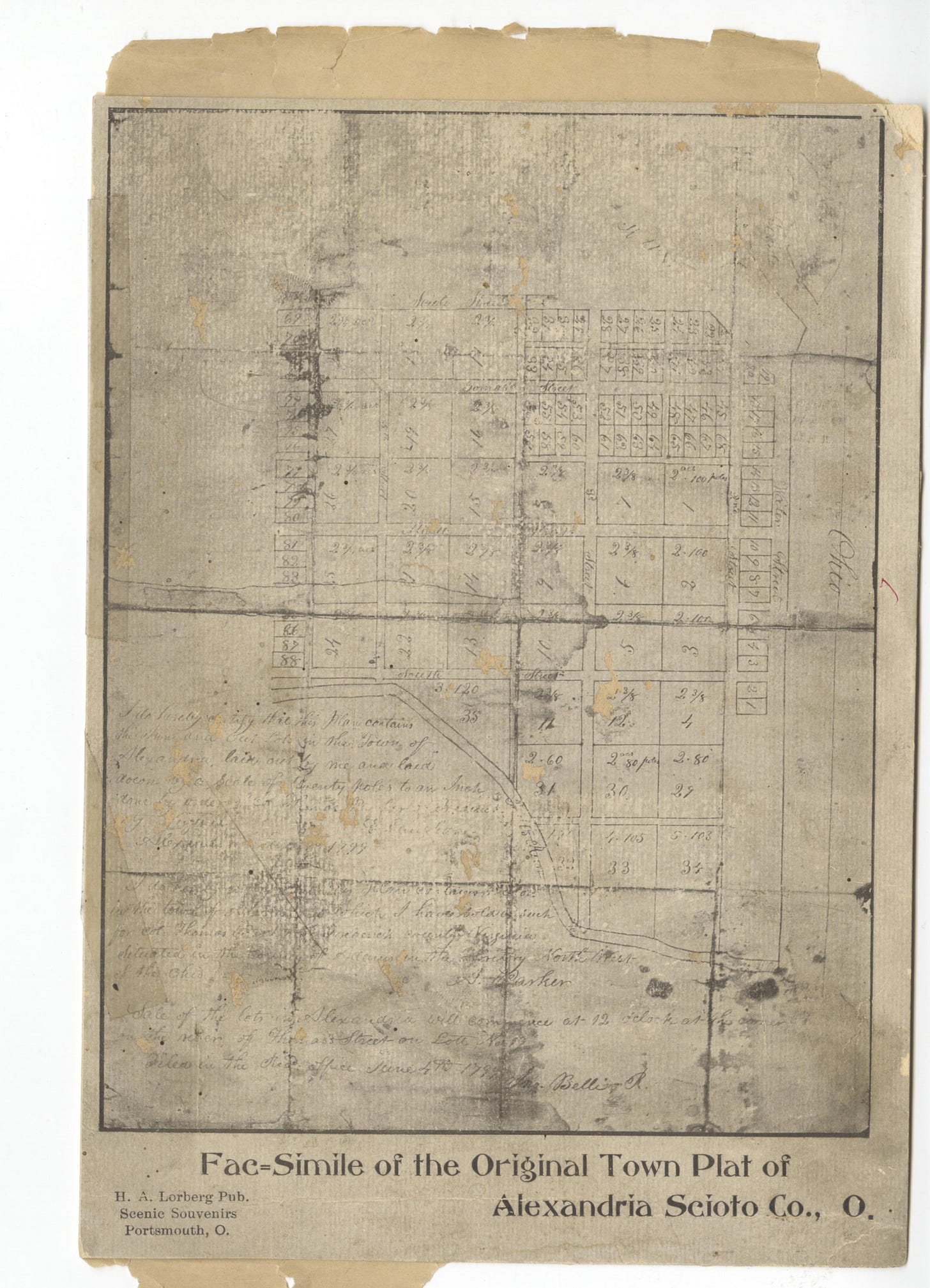
The name of this settlement was Alexandria and was so named because the district was plotted by Alexander Parker for his brother, Col. Thomas Parker, of Frederick County, Va., Aug. 3, 1787. Among the first inhabitants in the town of Alexandria were Judge John Collins, William Russell, and Joseph Parrish. These men and their families settled in town while James Edison, James Hamilton, John Worley, Anthony Worley, John West, Philip Moore, Peter Noel and Martin Funk landed at Alexandria but settled within eight miles west of the place.
Unfortunately for the group who opted to live in Alexandria, the land was low and subject to flooding. One pioneer recounted in The Portsmouth Inquirer, “On Christmas Day 1808, the water was 37-1/2 inches deep in my house, which swept everything off that had not weight enough to maintain its position; when my boards, fence and haystacks all went floating down the river. Within one month, we were the second time drove from our dwellings by high water.”3
The Philip Moore Stone House
The Philip Moore, Jr. Stone House is one of the few remaining primitive stone homes in Southern Ohio. The structure was built by Revolutionary War veteran Philip Moore, Jr. and his family in 1797. Moore was born in 1761 in Allentown, Pennsylvania and built the home with weathered sandstone rock from this area. The home survived fire due to the architectural design and the durability of the weathered sandstone rock, and while some of the wood and mortar in the home has been replaced or is weathered, the structure of the house remains strong. The home was known to some as "The Cradle of Methodism," as early itinerant Methodist ministers stayed in the home or had meetings at this location. In fact, this house became a Methodist Church. In 1975, The Philip Moore, Jr. Stone House was listed on the National Register of Historic Places. Thanks to local preservationists, and a small non-profit organization that maintains and operates the historic home, the structure has been restored and has been used for a number of local events.
In 1797, Revolutionary War veteran Philip Moore and his family came down the Ohio River on a flatboat and landed at Old Alexandria, the first village in this area. Moore began building this stone house shortly after their arrival. During this time, Methodist Circuit Riders (known as itinerant ministers) used this house as a place to have meetings, and it is believed that the first organized religious service in Scioto County was led here by Bishop Francis Asbury.
The home's durability is the result of the local weathered sandstone rock used to build the house. The windows bear a keystone design above them. Visitors to the area may also see the gravestones of Moore and several of his family members at the top of a nearby hill in a small cemetery.
The home changed hands many times and even served as a church. In 1973, Dr. Louis Chaboudy started purchased the house and began restoration work to return it to its original appearance. In 2005, the house was purchased by Steve Hayes. In recent years, the house has served as a historic site and hosted events for visitors as well as members of the community.4

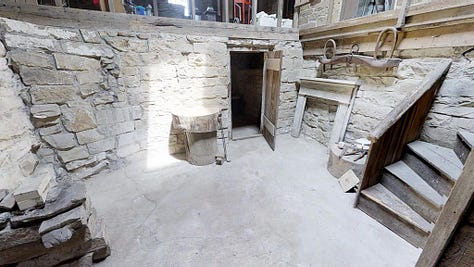
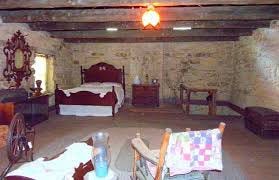
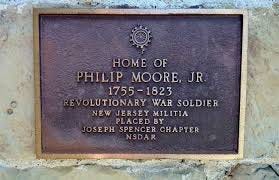
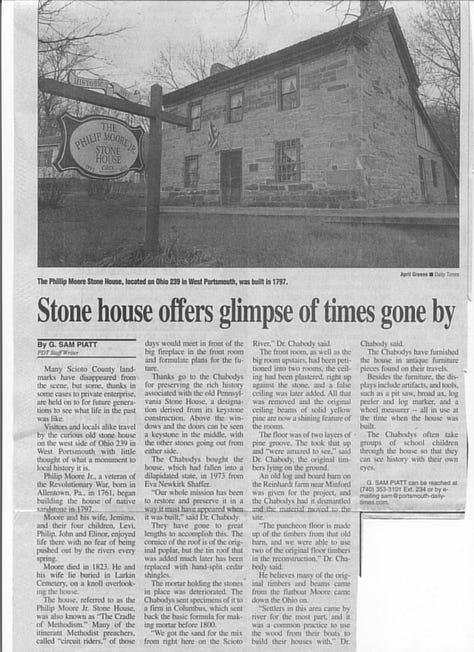
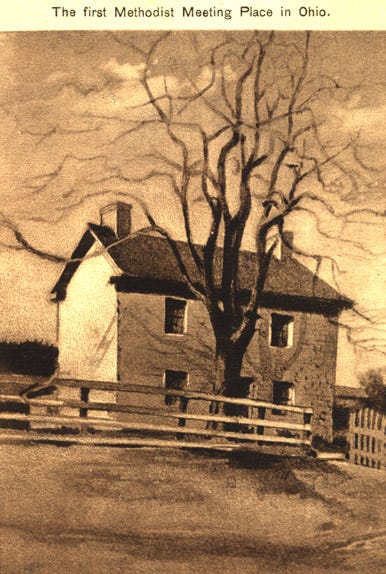
“Biography of William Robey Jr., Pioneer and Frontiersman,” https://freepages.rootsweb.com/~caseyco/genealogy/robeybio1.htm, Accessed 15 June 2025.
“City’s First Site Washed Away,” The Portsmouth Sunday Times, 10 October 1931, p. 24, imaged by OldNews.com (https://www.oldnews.com/en/record?lang=en&record_id=record-10604-1200446), Accessed 16 June 2025.
“For the Daily Dispatch, Reminiscences of the Past—-Rough Notes of a Pioneer,” The Portsmouth Inquirer, 12 November 1852, p. 1, imaged by OldNews.com (https://www.oldnews.com/en/record?lang=en&record_id=record-10449-8635678), Accessed 15 June 2025.
Admin, Clio, QUY NGUYEN on behalf of Appalachian Studies Association , and Emily Brammer. "The Philip Moore, Jr. Stone House, Portsmouth, Ohio." Clio: Your Guide to History. June 20, 2018. (https://theclio.com/entry/11735), Accessed 15 June 2025.





Were you able to find the bounty land warrants? I love that your ancestral home is a museum with a plaque and all. Great post, Bill! Thank you for continuing to share your story with all of us.
Oh, damn, Bill, you really are a cousin! Philip Moore, (1755-1823) is, according to FamilySearch, the husband of my 4C6R. Nearest common cousin (for his wife, Submit Mehitable Wait,) was Smith & Hewitt, both first generation immigrants. 😌